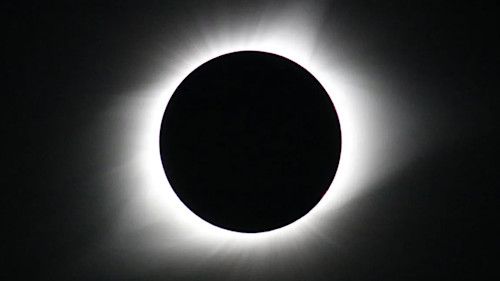
The cosmos consistently offers breathtaking spectacles, yet some celestial events transcend the ordinary, etching themselves into the collective memory for generations. Prepare yourself for one such monumental occasion: the total solar eclipse set to grace our skies on Monday, August 2, 2027. Far from a fleeting glimpse, this will be an extraordinary phenomenon, rightfully earning its moniker as the “eclipse of the century.” While recent online chatter may have prematurely stirred excitement about an immediate “world to go dark” scenario, this truly unparalleled event is still a couple of years away, promising an experience unlike any other.
At its heart, a total solar eclipse is a cosmic alignment of sublime precision. It unfolds when the Moon embarks on its journey directly between our Earth and the Sun, momentarily obscuring the Sun’s radiant image for observers on our planet. What makes a *total* solar eclipse truly magnificent is when the Moon’s apparent diameter precisely outgrows that of the Sun, resulting in a complete blockade of all direct sunlight. This mesmerizing ballet transforms day into a profound twilight, painting the sky with an ethereal glow that hints at the very edge of our known universe.
The August 2, 2027, total solar eclipse stands out dramatically, not just for its awe-inspiring nature, but for its remarkable duration. With a maximum totality reaching an astonishing 6 minutes and 23 seconds, this event is poised to become the second longest total solar eclipse of the entire 21st century. While the record for the absolute longest belongs to the July 22, 2009, eclipse, which clocked in at 6 minutes and 39.5 seconds over the Pacific Ocean, the 2027 spectacle offers something uniquely precious: it is the longest total solar eclipse on easily accessible land until the distant future of June 3, 2114. This highlights its significance for those eager to witness it from terra firma.
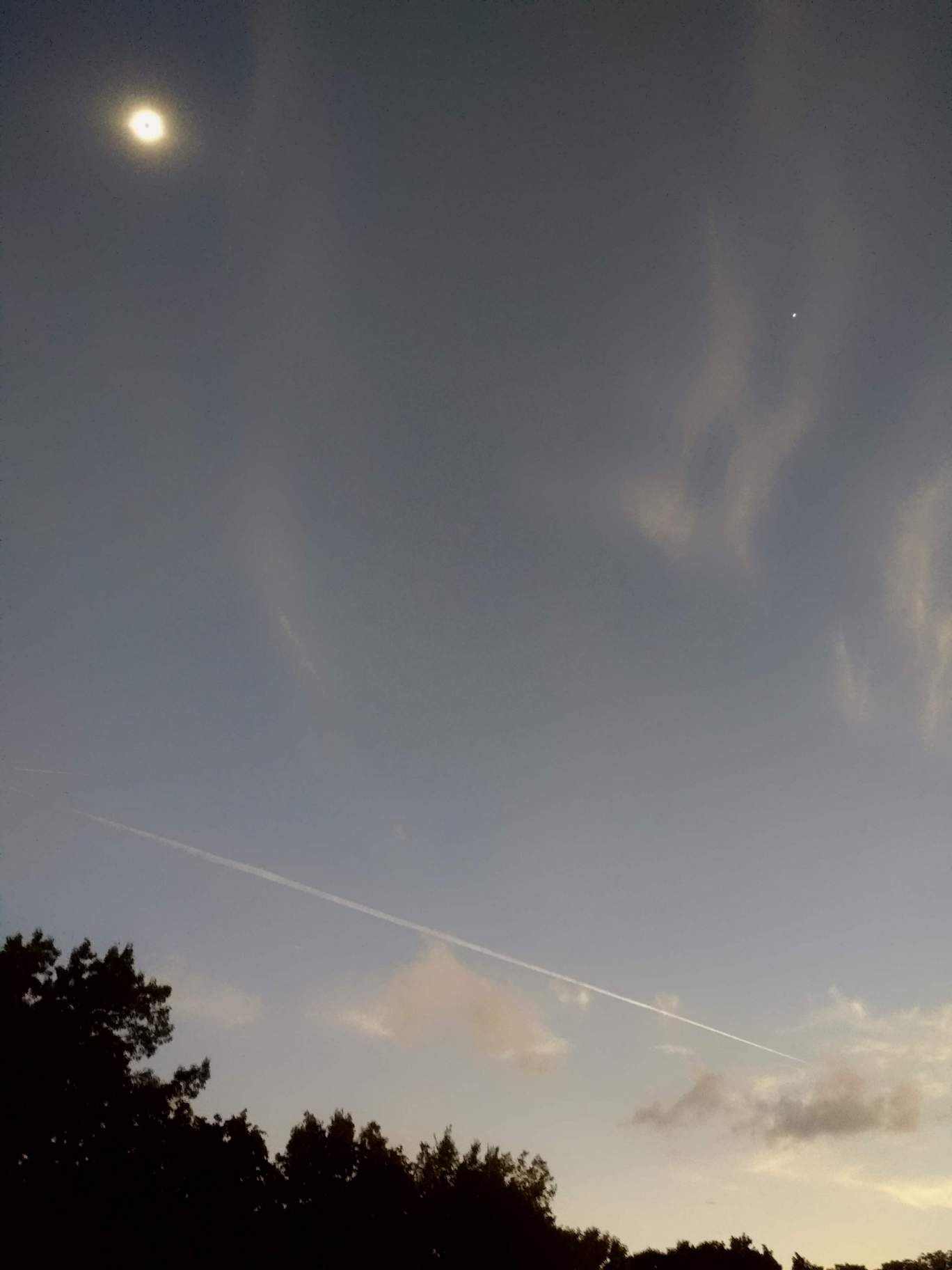
To appreciate this event’s magnitude, consider its predecessors. The much-talked-about total solar eclipse of April 8, 2024, which captivated North America, peaked at a respectable 4 minutes and 28 seconds. The 2027 eclipse far surpasses this, offering nearly two additional minutes of profound darkness. Its magnitude, measured at 1.079, signifies the Moon’s impressive coverage of the solar disk, ensuring a truly complete and dramatic obscuration. This generous duration, occurring about 2.5 hours before perigee, means the Moon’s apparent diameter will be notably larger than the Sun’s, creating an expansive and unforgettable shadow.
The narrow, privileged path of totality, where the full magic of the eclipse can be experienced, will commence its journey over the vast expanse of the eastern Atlantic Ocean. From there, this incredible celestial shadow will elegantly sweep across the historic Strait of Gibraltar, acting as a dramatic bridge between the continents of Europe and Africa. This initial land interaction will bring totality to southern Spain, including Cadiz and Málaga, alongside the iconic rock of Gibraltar. Crossing the strait, the shadow will then embrace the vibrant coastal city of Tangier in Morocco, setting the stage for its grand African and Middle Eastern tour.
Continuing its majestic sweep across the North African landscape, the path of totality will envelop significant regions of Algeria, gracing cities like Oran with its ephemeral embrace. Tunisia, too, will be a fortunate recipient, with Sfax experiencing this rare phenomenon, marking the first of three total solar eclipses for the country in the 21st century. As the shadow progresses eastward, Libya, including Benghazi, and Egypt, notably Luxor in the central region, will be plunged into daytime darkness, offering unparalleled viewing opportunities amidst ancient wonders. The maximum duration of totality, an incredible 6 minutes and 22 seconds, will be observed just southeast of Luxor, in Egypt, solidifying its status as a prime destination.
From Egypt, the celestial spectacle will cross the Red Sea, extending its profound influence into the heart of the Middle East. Saudi Arabia, with its significant cities of Jeddah and Mecca, will experience this breathtaking event, followed by Sana’a in western Yemen. The path then gently curves towards the extreme northeast tip of Somalia, touching the Horn of Africa, before finally exiting land over the British Indian Ocean Territory. This remarkable journey spans approximately 9,462 miles (15,227 km) across Earth’s surface, carving a swath of totality about 160 miles (258 kilometers) wide. Within this relatively narrow band, encompassing roughly 1.5 million square miles (2.5 million square km), the world will be briefly transformed.
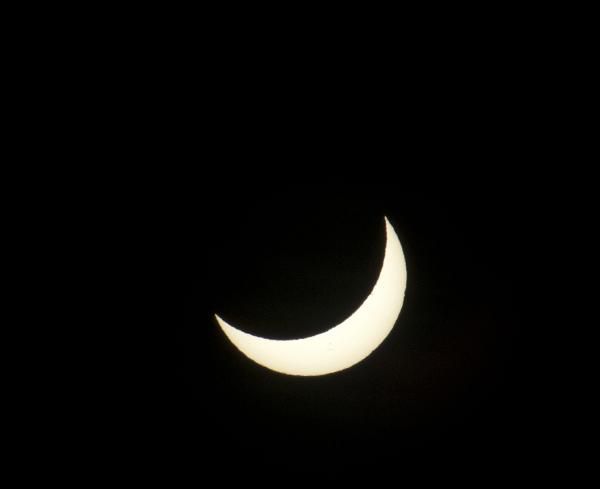
While the total solar eclipse’s dramatic climax is reserved for its narrow path, a much wider surrounding region will be treated to the spectacle of a partial solar eclipse. This broad embrace extends thousands of kilometers, offering a glimpse of the cosmic dance to a vast audience. From the extreme eastern tip of Maine in the United States, providing a brief early morning view, to far eastern Quebec and Canada’s Atlantic Provinces, the shadow will cast its influence. Southern Greenland, Iceland, Ireland, and Great Britain will also witness a significant partial obscuration.
Nearly the entirety of the European continent, along with all but the southern quarter of Africa, will experience varying degrees of the partial eclipse. This expansive reach includes major European capitals and bustling African cities, ensuring millions more will be touched by the event. The Middle East, South, and Southeast Asia are also included in this vast zone of partial visibility, making the August 2, 2027, eclipse a truly global phenomenon, even if the complete transformation of totality remains a rarer, more exclusive experience. The visibility across such wide regions underscores its widespread impact.
For those intrepid “eclipse chasers” already contemplating their August 2027 pilgrimage, weather prospects for this event are exceptionally promising. Expert meteorological analysis, notably from meteorologist Jay Anderson, indicates remarkably low cloud cover along much of the path. He notes that “Some parts of the eclipse track — over Libya and western Egypt — have seen no August cloud on eclipse day whatsoever in the past 23 years.” This rare guarantee of clear skies makes the 2027 eclipse a highly attractive proposition, especially for those who may have been thwarted by adverse weather during previous events.
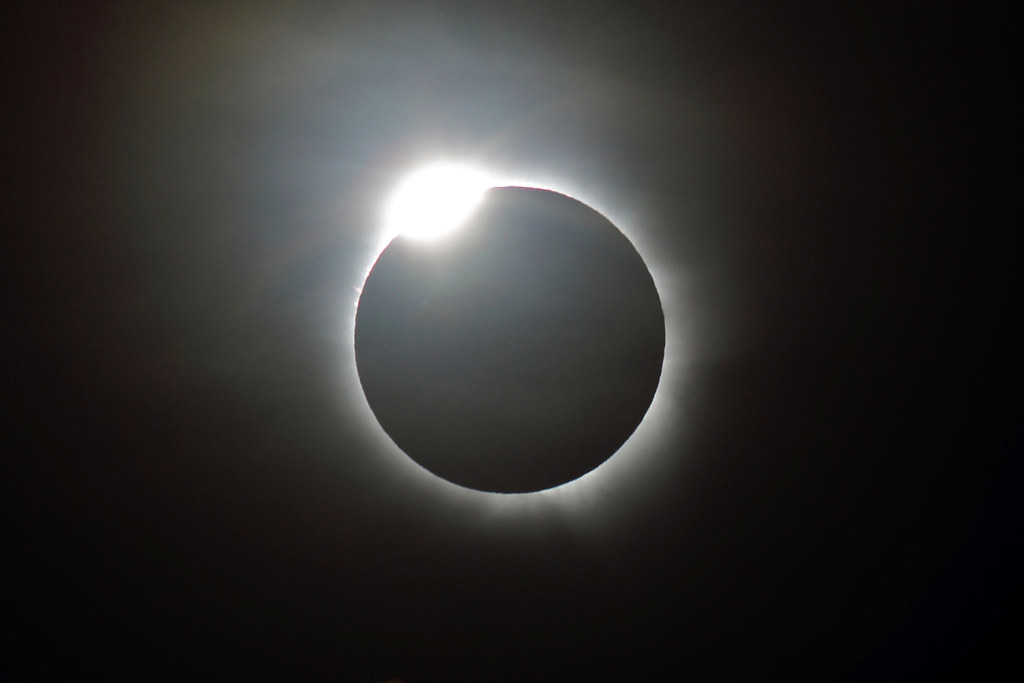
However, pursuing this celestial wonder in August comes with earthly considerations, primarily temperature and potential dust storms. August in these regions can be intensely hot, with temperatures soaring to 108 degrees Fahrenheit (42 degrees Celsius). Despite the momentary temperature drop during totality, preparation for the heat is crucial. For those seeking prime viewing locations and avoiding the anticipated crowds of Luxor, several other noteworthy places offer impressive totality times and unique cultural backdrops.
Consider Cadiz in southern Spain, offering 2 minutes and 47 seconds of totality, an attractive option for European travelers seeking a historic setting. Tangier, Morocco, a vibrant gateway to Africa, will provide a generous 4 minutes and 48 seconds of totality and is easily accessible by ferry. Oran, Algeria, another coastal city reachable from Spain, promises 5 minutes and 6 seconds of darkness. Further east, Tunisia’s Kerkennah Islands, known for the ruins of Borj el Hissar, boast a substantial 5 minutes and 42 seconds of totality.
In Egypt, for those desiring a quieter yet equally stunning experience, the Siwa Oasis presents an intriguing alternative to Luxor. Located near the Great Sand Sea, historical records show no August cloud cover or significant dust storms here, offering 5 minutes and 29 seconds of totality. For those drawn to ancient wonders, Luxor itself, with its unparalleled collection of temples and monuments, remains the ultimate destination, promising an almost maximum 6 minutes and 22 seconds of totality. Finally, Jeddah in Saudi Arabia, a key port city on the Red Sea, will be immersed in 5 minutes and 54 seconds of profound eclipse.
As the Moon casts its formidable shadow, transforming daylight into a deep, otherworldly twilight, the heavens will offer a spectacular bonus: the sudden appearance of bright stars and planets. The eclipsed Sun will be in mid-Cancer, a position too close to the Beehive Cluster for naked-eye visibility, but bringing other celestial gems into stark relief. Venus, brilliantly shining just a few degrees southeast of the Sun, will be an undeniable presence, captivating observers with its clear visibility.

Adding to this rare daytime display, Mercury will grace the sky, positioned several degrees west of Venus, visible with a transparent sky. Venus will also be seen in close companionship with Jupiter in the constellation of Gemini, home to the notable stars Pollux and Castor. Farther west of the Sun, Saturn will make its majestic appearance, while Mars will be observed many degrees farther east in the constellation Virgo. This rare opportunity to witness multiple planets and prominent stars adds yet another layer of wonder to the August 2, 2027, total solar eclipse.
Understanding the August 2, 2027, eclipse also involves appreciating its place within the grand cosmic ballet of eclipse cycles. This event is a member of Saros series 136, a sequence of 71 events repeating approximately every 18 years and 11 days. This series, which commenced with a partial solar eclipse on June 14, 1360, has a rich history, evolving through annular and hybrid eclipses before settling into a long run of total eclipses, which began on January 27, 1721, and are projected to continue until May 13, 2496. Each eclipse in this series, including this one, occurs at the Moon’s descending node.
Within Saros 136, the longest duration of totality occurred with member 34, 7 minutes and 7.74 seconds on June 20, 1955, showcasing the series’ capacity for extended obscurations. Beyond this specific series, the 2027 eclipse is also part of an “eclipse season,” a period roughly every six months when eclipses naturally occur. These seasons last about 35 days, repeating every 173 days, ensuring two full eclipse seasons annually. The July–August 2027 season encompasses a penumbral lunar eclipse on July 18, our total solar eclipse on August 2, and another penumbral lunar eclipse on August 17.
The rhythmic predictability of eclipses is further governed by other intricate cycles, each revealing a deeper pattern in the celestial mechanics. The Metonic series repeats eclipses approximately every 19 years (6939.69 days), with events occurring on nearly the same calendar date across five cycles. The Tritos cycle, repeating at alternating nodes every 135 synodic months (roughly 11 years minus 1 month), demonstrates how eclipses can be similar in appearance and longitude within groupings of three tritos cycles, approximately every 33 years minus 3 months. Finally, the Inex series, a long-period cycle, repeats every 358 synodic months (about 29 years minus 20 days), with similar eclipses appearing in groupings of three inex cycles, or around 87 years minus 2 months. These cycles underscore the profound predictability that underlies seemingly rare cosmic phenomena.
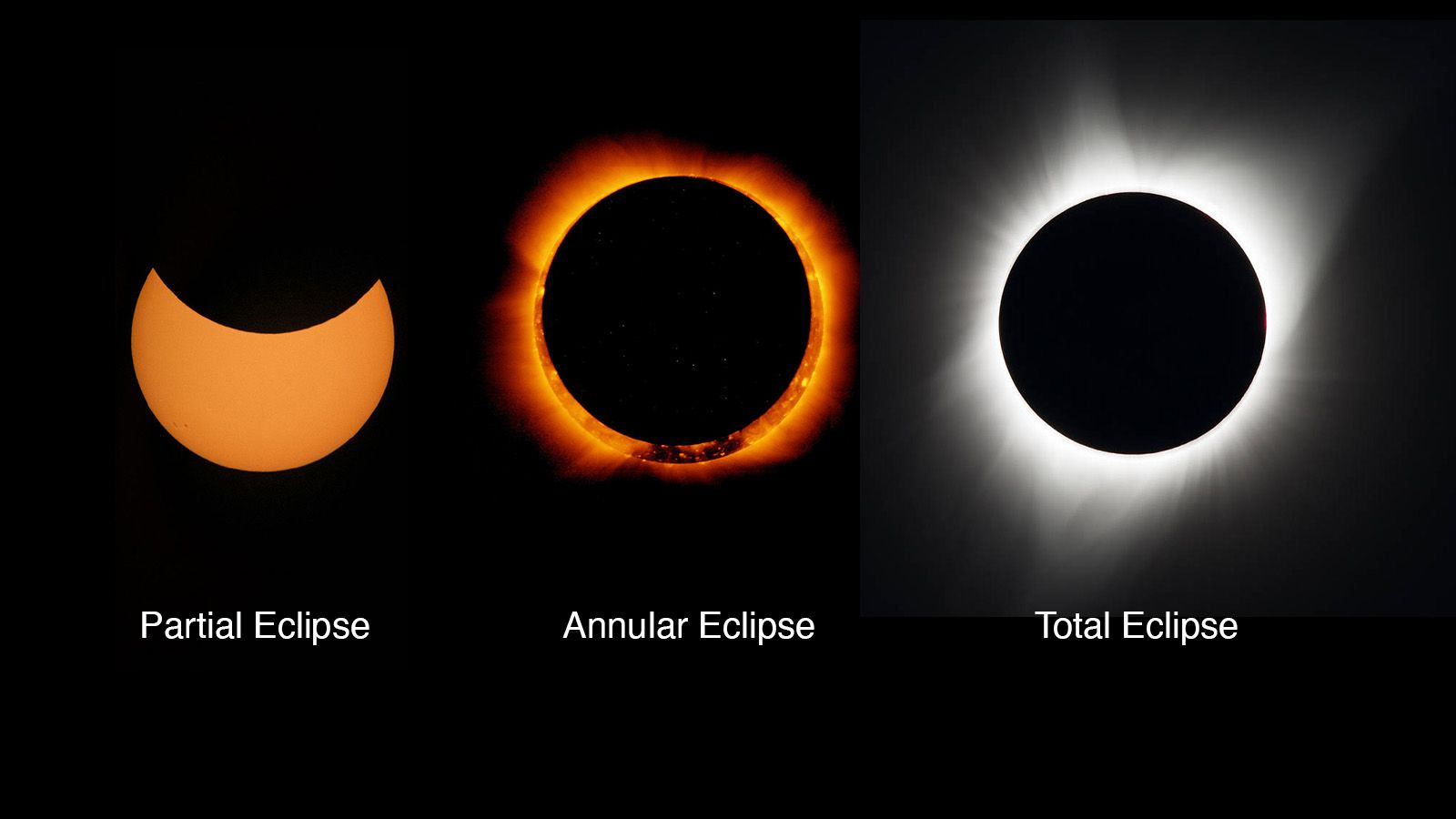
Despite persistent online rumors, the “eclipse of the century” is firmly scheduled for August 2, 2027, not sooner. The sensational claim of the “world to go dark for six minutes” this weekend, or that it won’t happen for 100 years, is untrue. While the 2027 eclipse will deliver the longest totality on land in the 21st century, its “longest for 87 years” claim accurately describes its rarity, rather than a full century. A global blackout is impossible, as totality occurs only along a narrow path, with the rest of the world experiencing either a partial eclipse or business as usual.
For those awaiting future celestial events, it’s worth noting the August 2, 2027, eclipse is not the immediate next total solar eclipse. That distinction belongs to the total solar eclipse on August 12, 2026, offering a maximum of 2 minutes and 18 seconds of totality, visible across Greenland, Iceland, Spain, Russia, and parts of Portugal. Spain will be exceptionally fortunate to host two total solar eclipses within a year, with another annular eclipse appearing in January 2028. For American skywatchers, while most of the U.S. will miss the 2027 spectacle, a partial solar eclipse will be visible in parts of Maine between 5:14 and 5:19 a.m. ET. The next total solar eclipse in the contiguous U.S. will be on August 22, 2044, with its path stretching from Greenland through Canada’s Northwest Territories, offering a maximum of 2 minutes and 4 seconds of totality and a totally eclipsed sunset from parts of South and North Dakota.
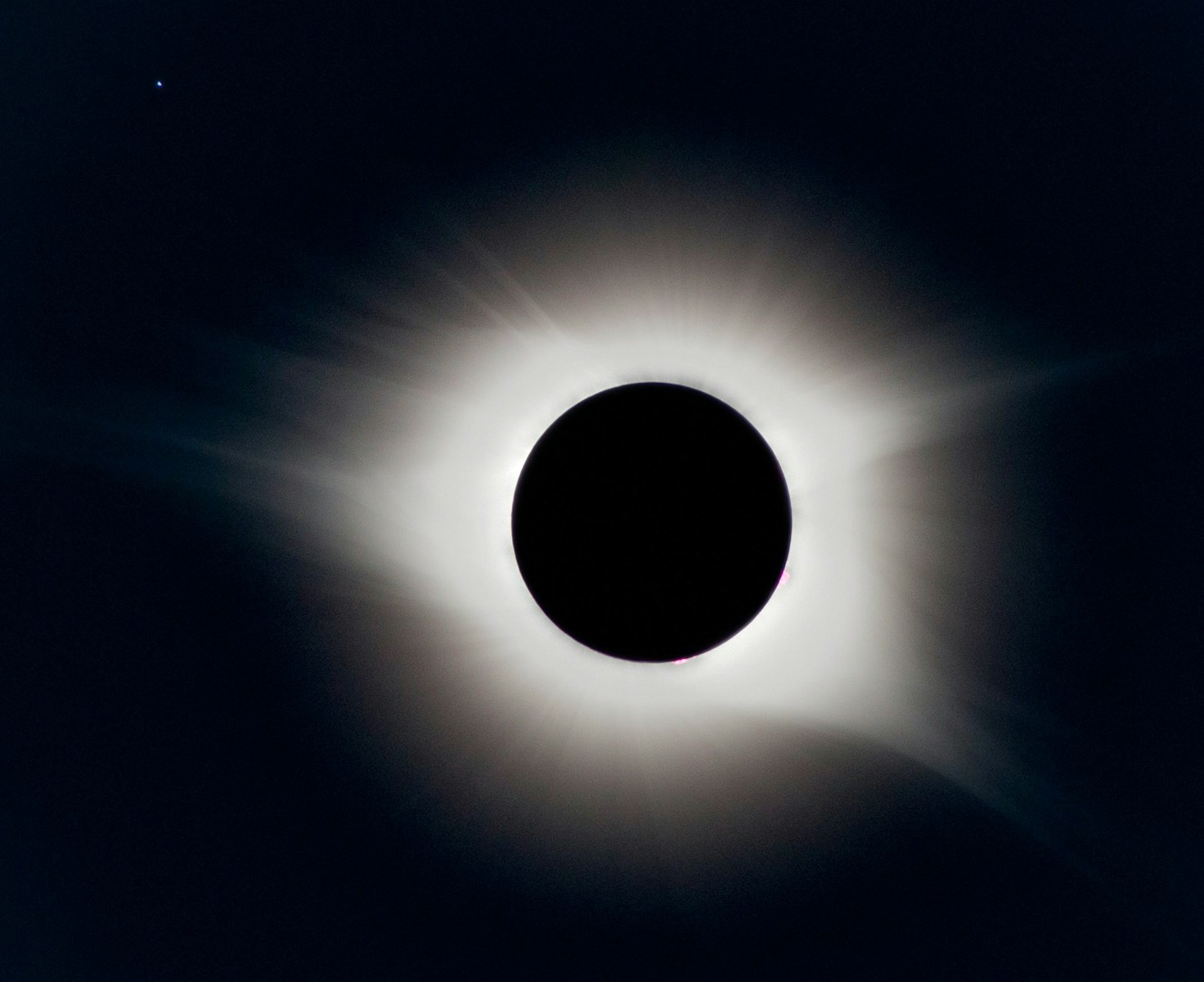
As we anticipate August 2, 2027, a profound sense of wonder washes over us, connecting us to humanity’s ancient fascination for the heavens. This isn’t just an astronomical event; it’s a profound invitation to witness our place in the cosmic dance, a fleeting moment when the universe unveils its raw power. The “eclipse of the century” offers an unparalleled opportunity to stand beneath a darkened sky, observing midday planets, feeling the sudden temperature shift, and seeing the Sun’s magnificent corona blaze forth. It’s a chance to join those who have experienced this rare phenomenon, a memory that will resonate for a lifetime.



